mā-tər ma-tər
MOTHER MATTER at Silo6
20 -28 August 2022
Open 11am to 4pm
MELANIE ARNOLD INGA FILLARY NATALIE TOZER ROBYN WALTON

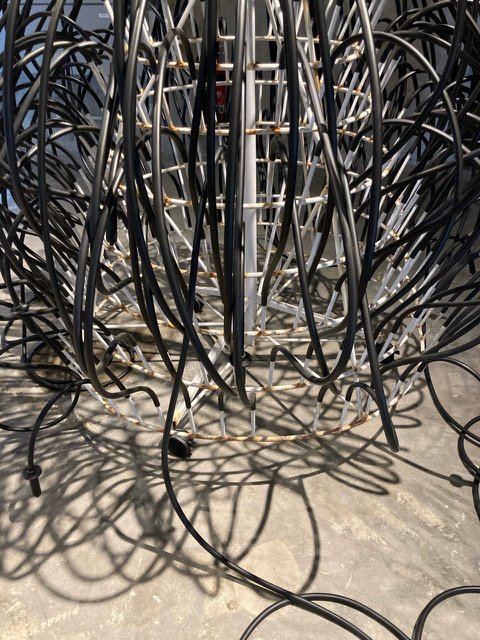
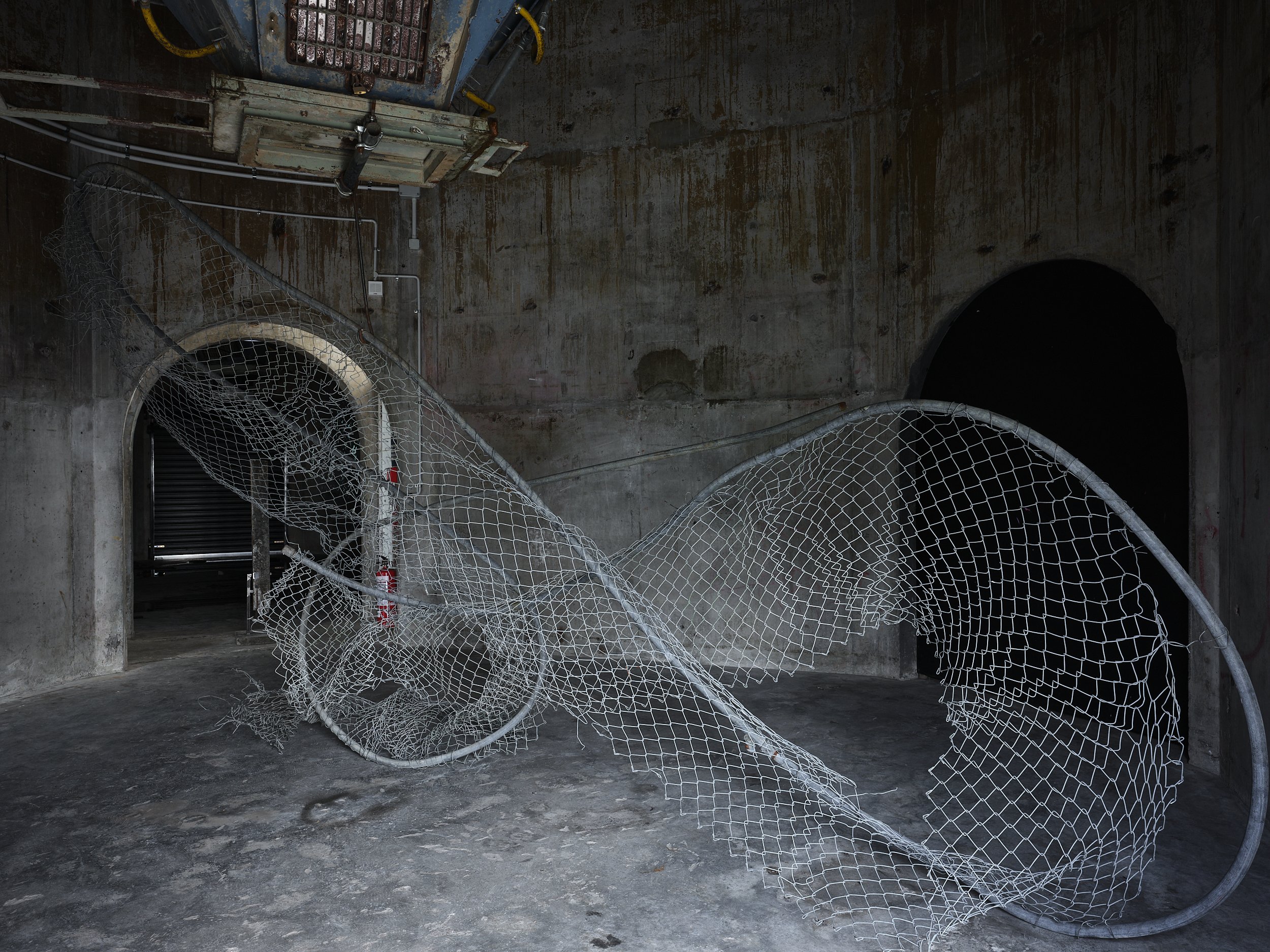

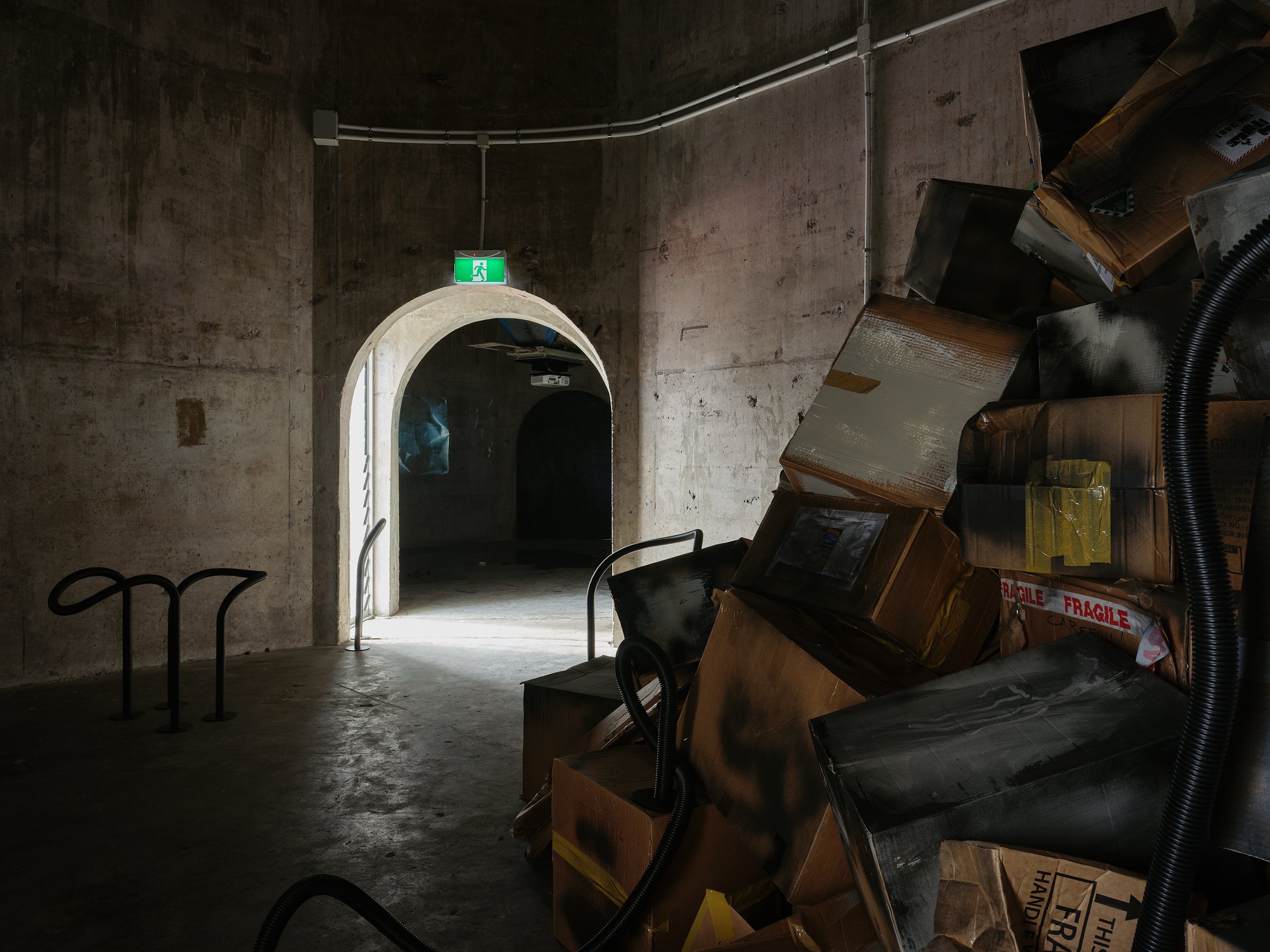

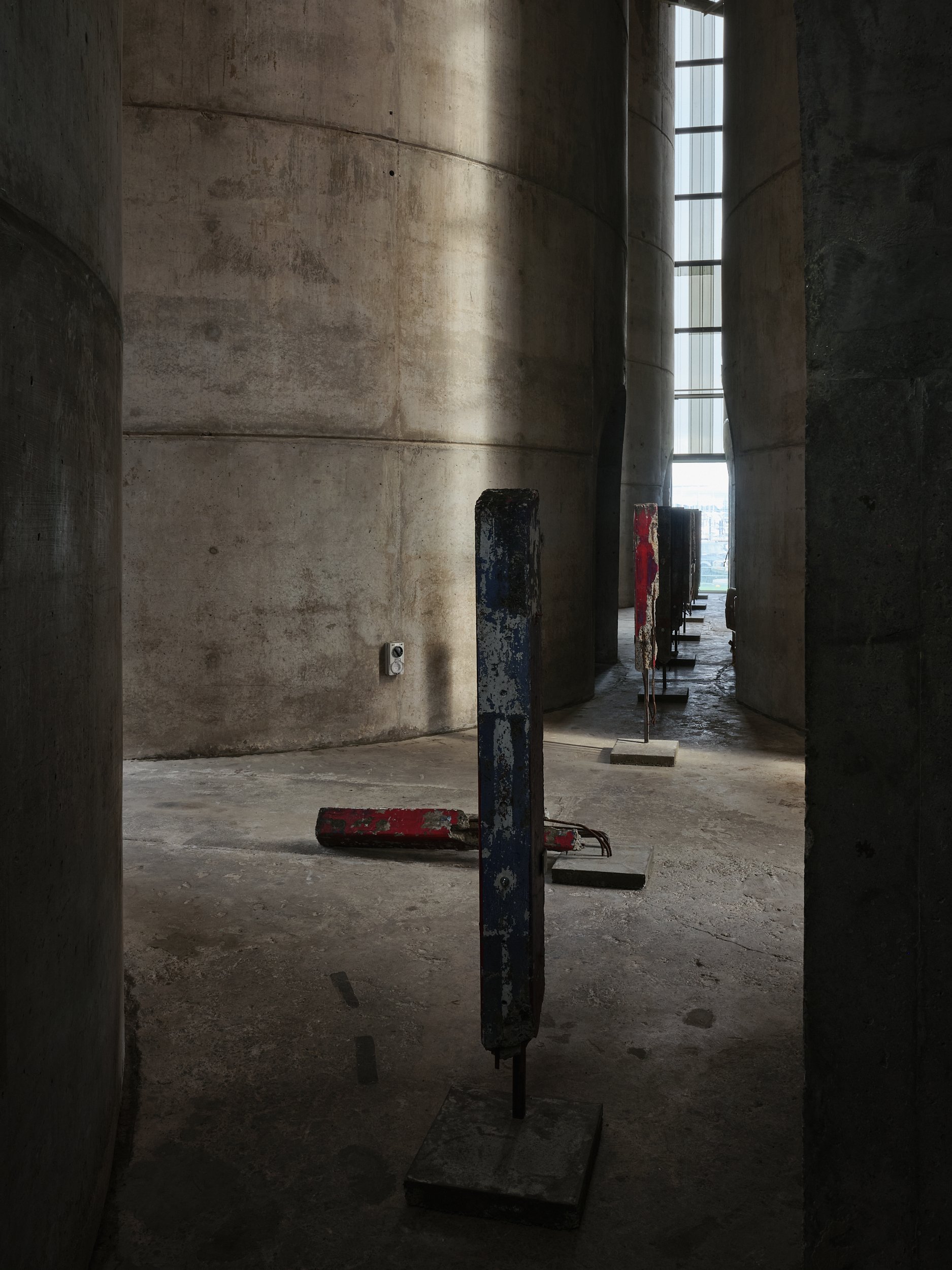

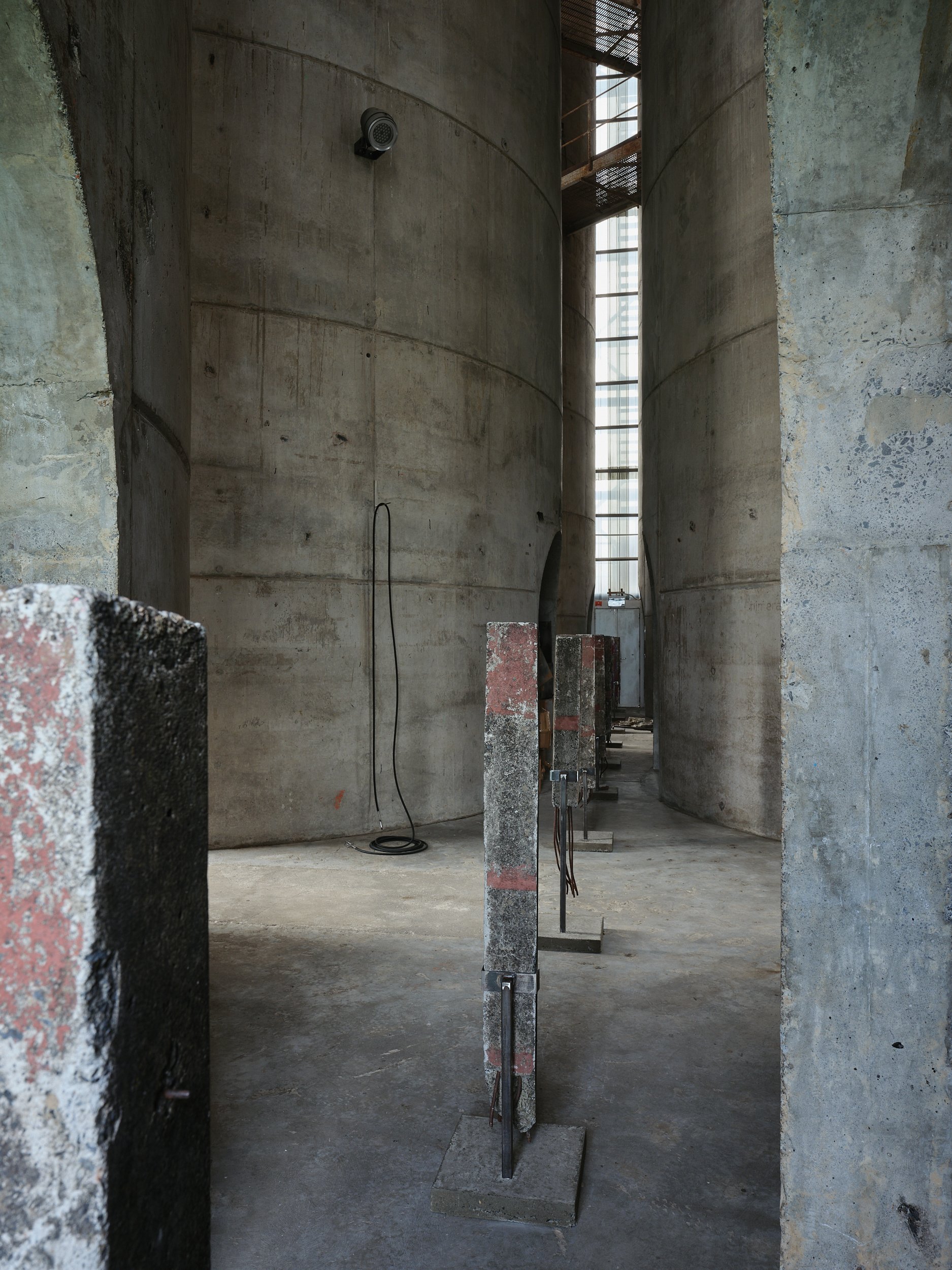
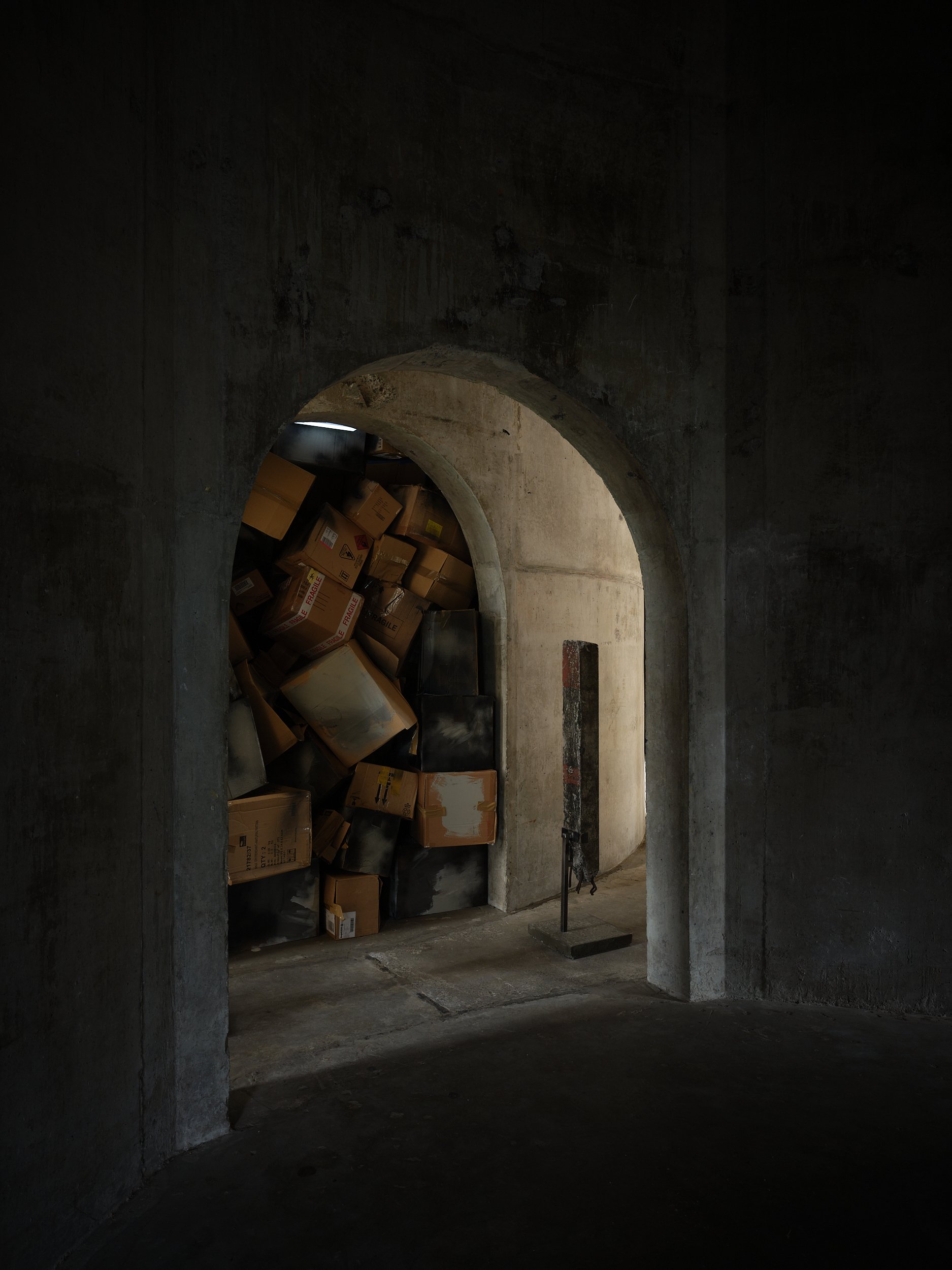
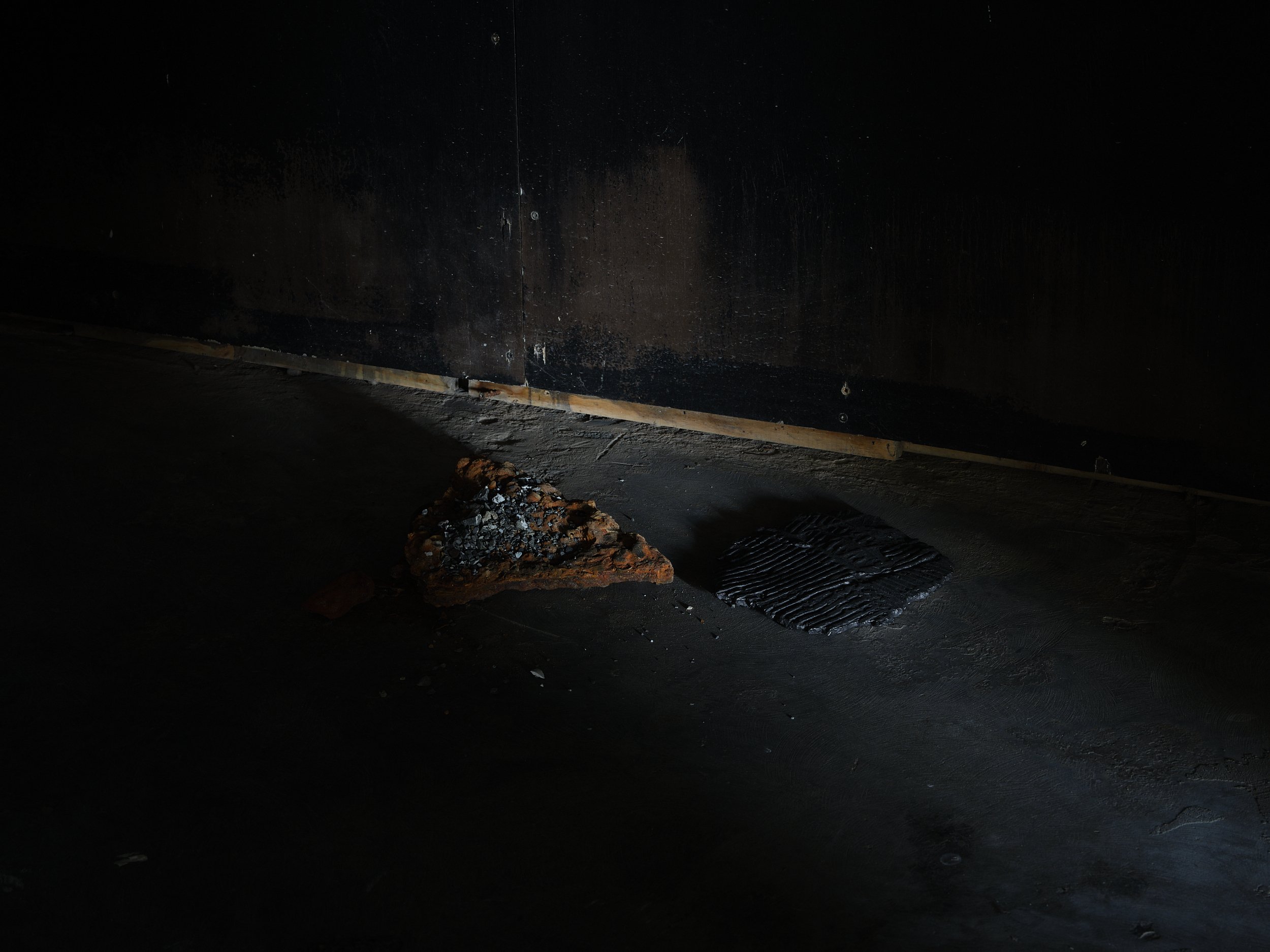


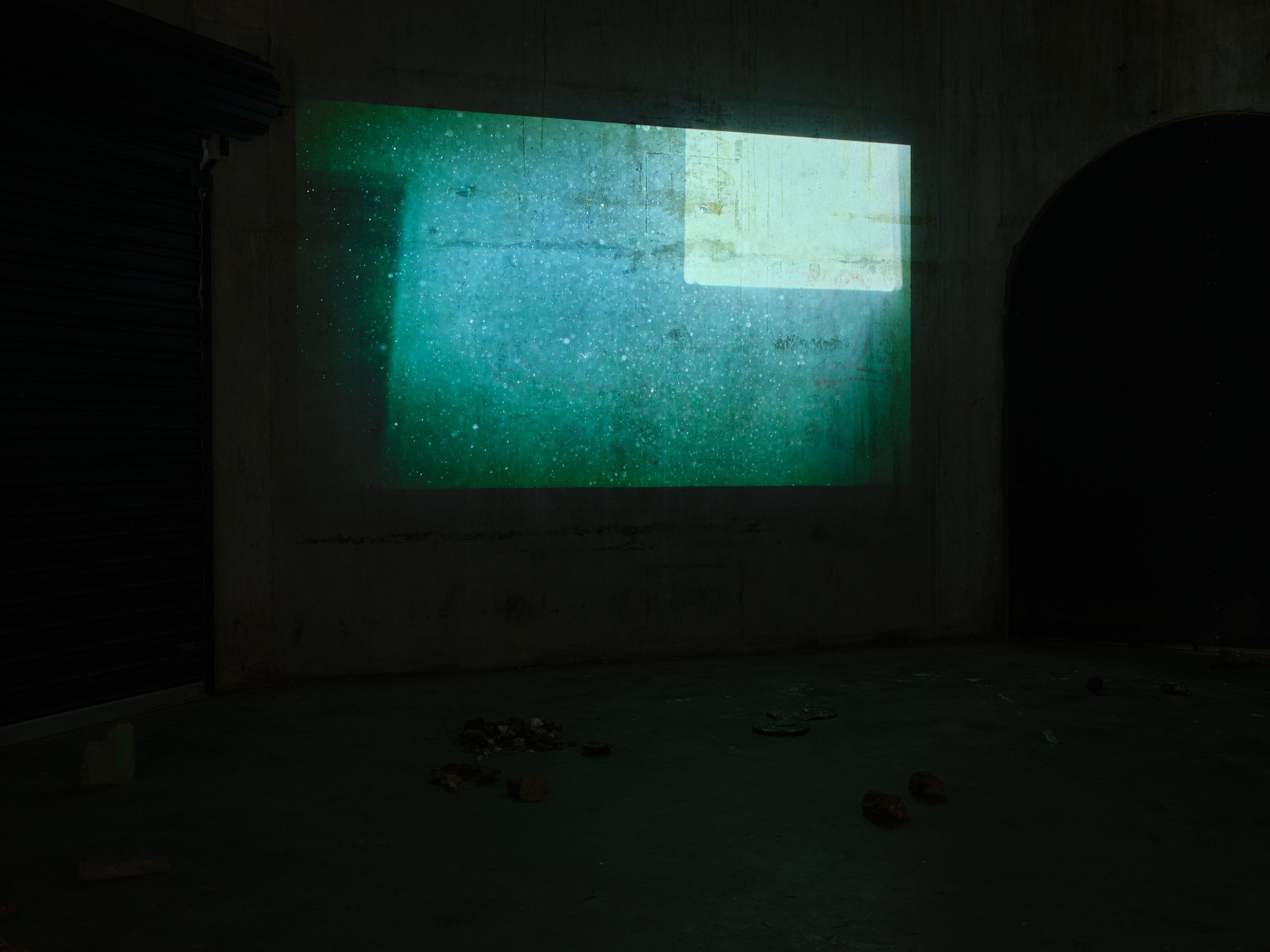



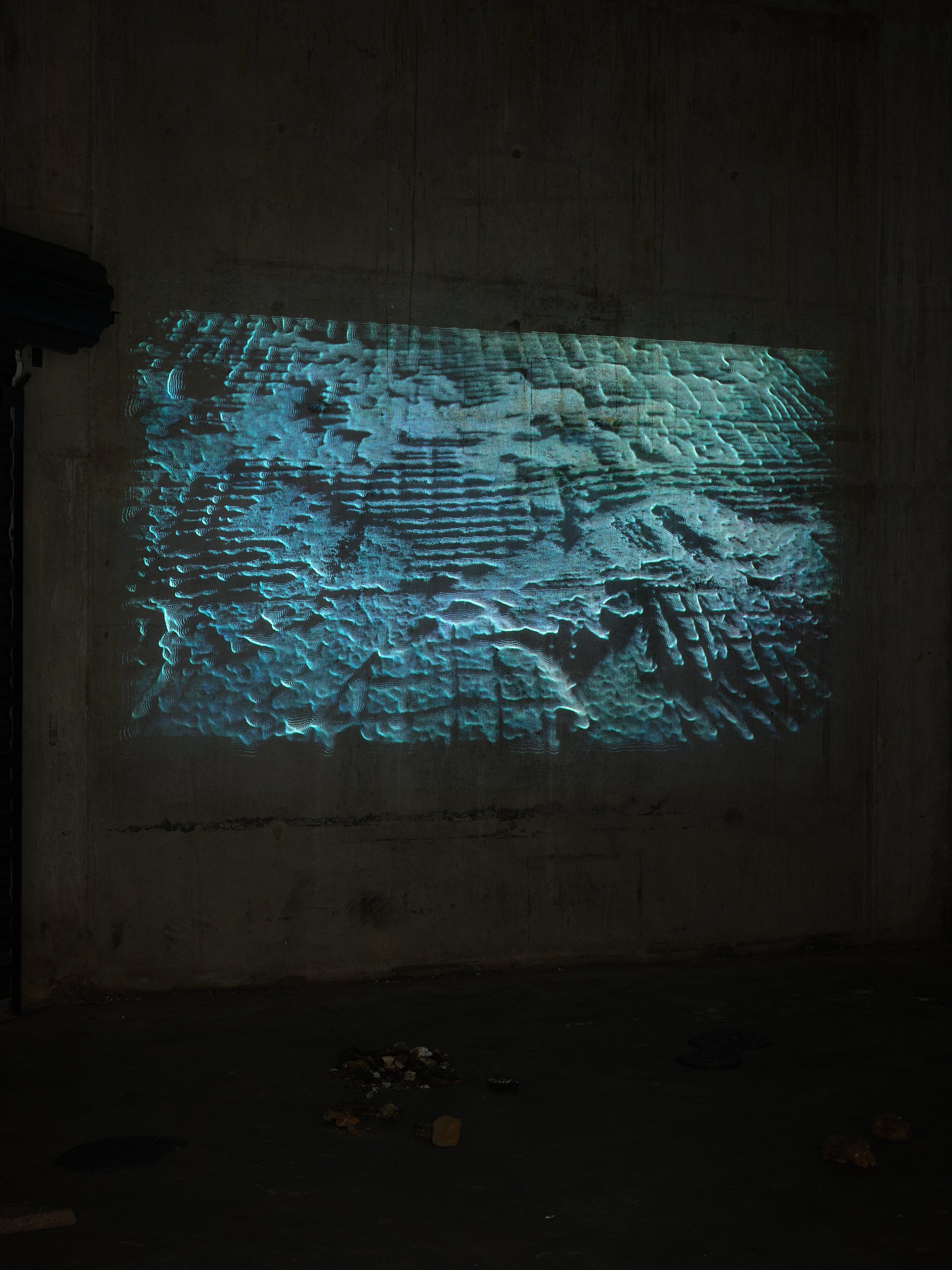
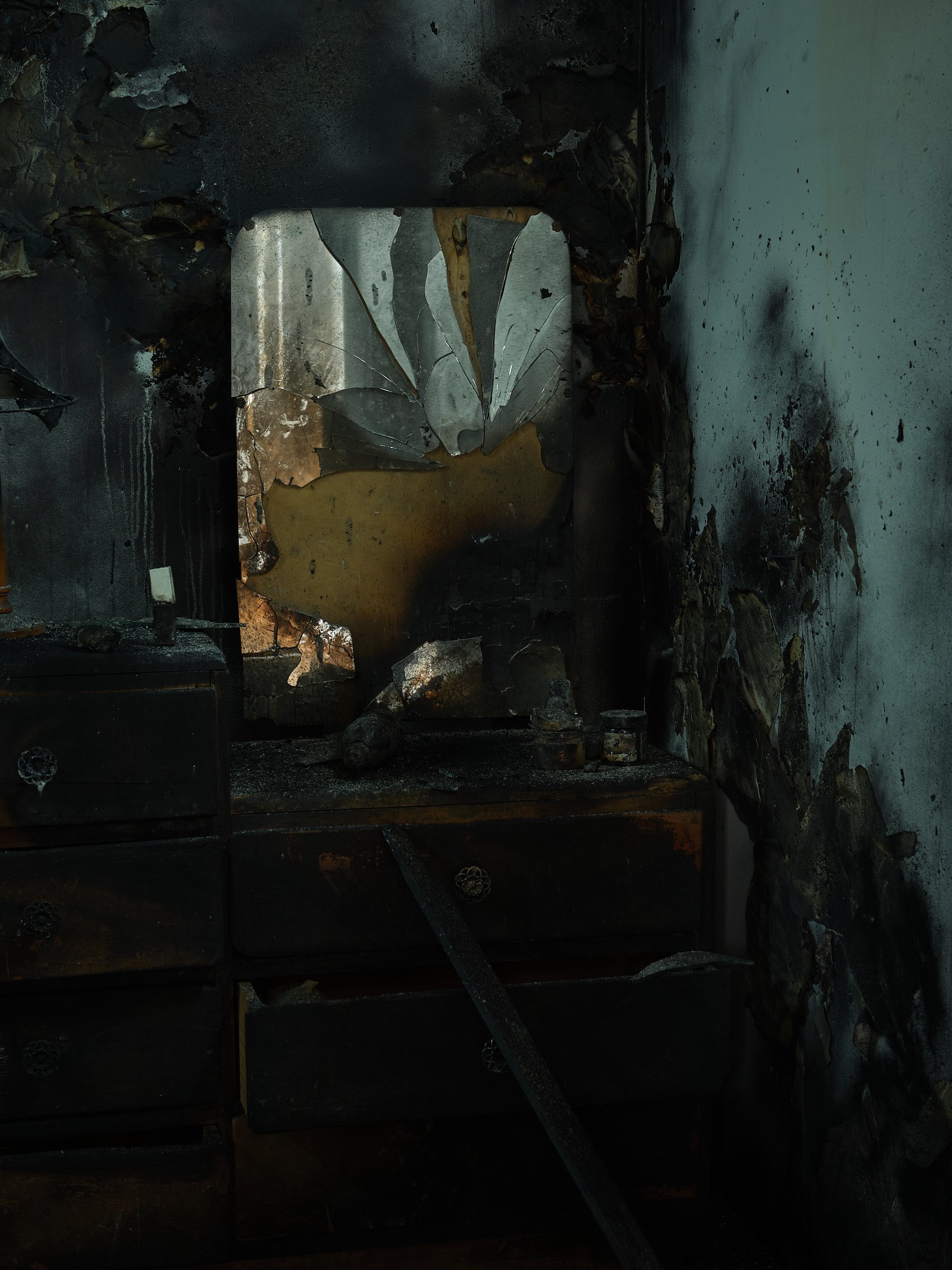
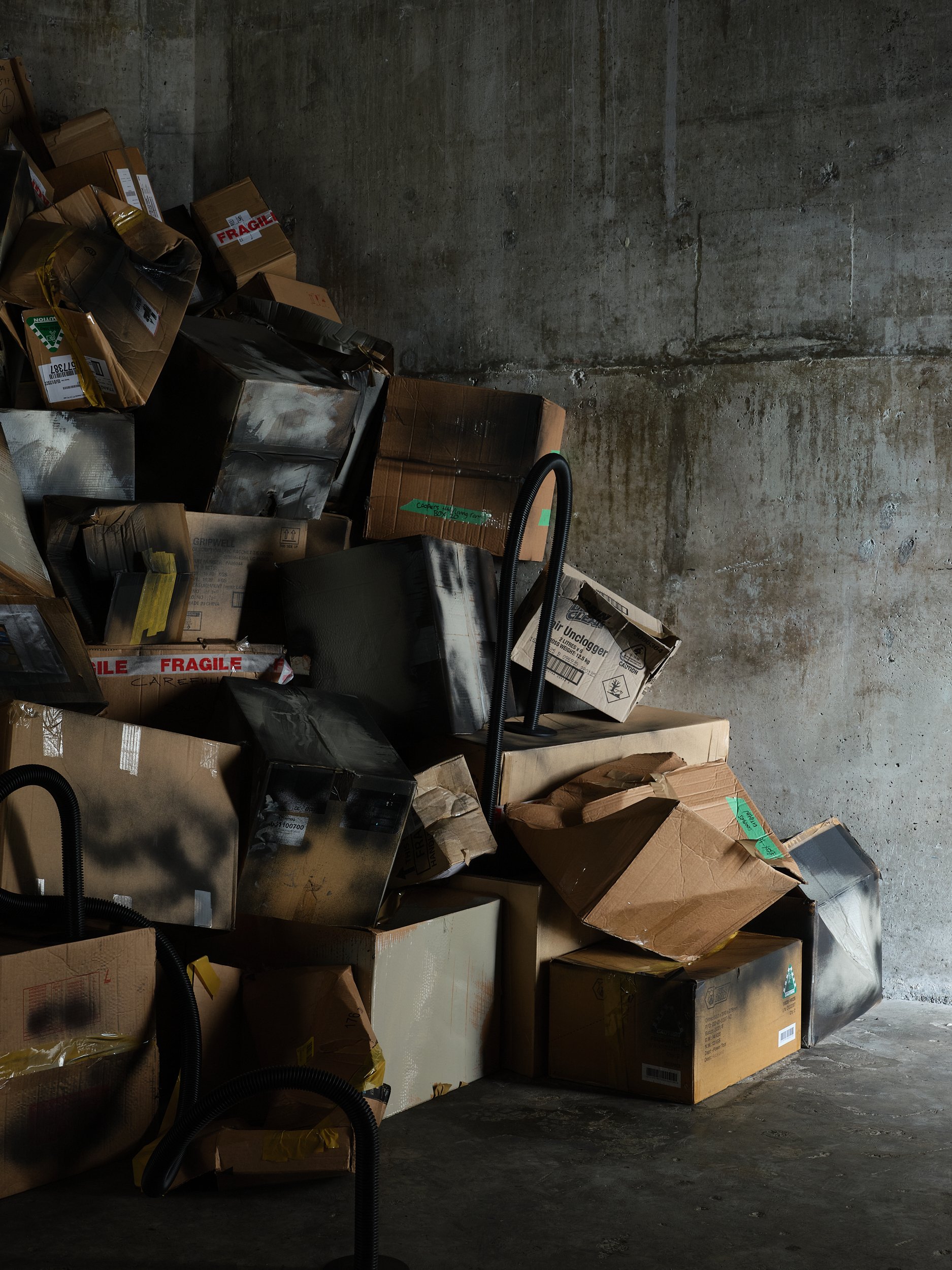
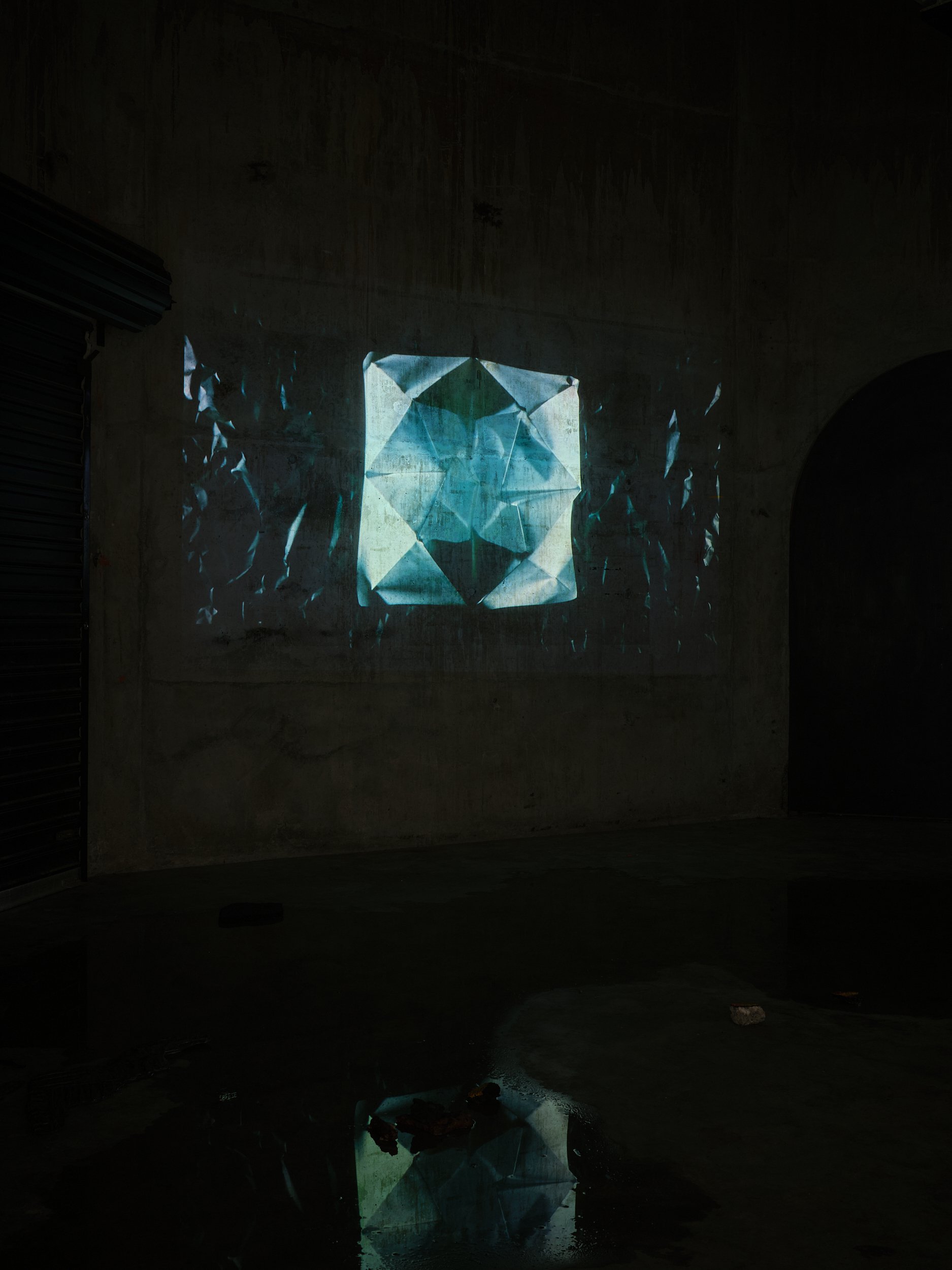
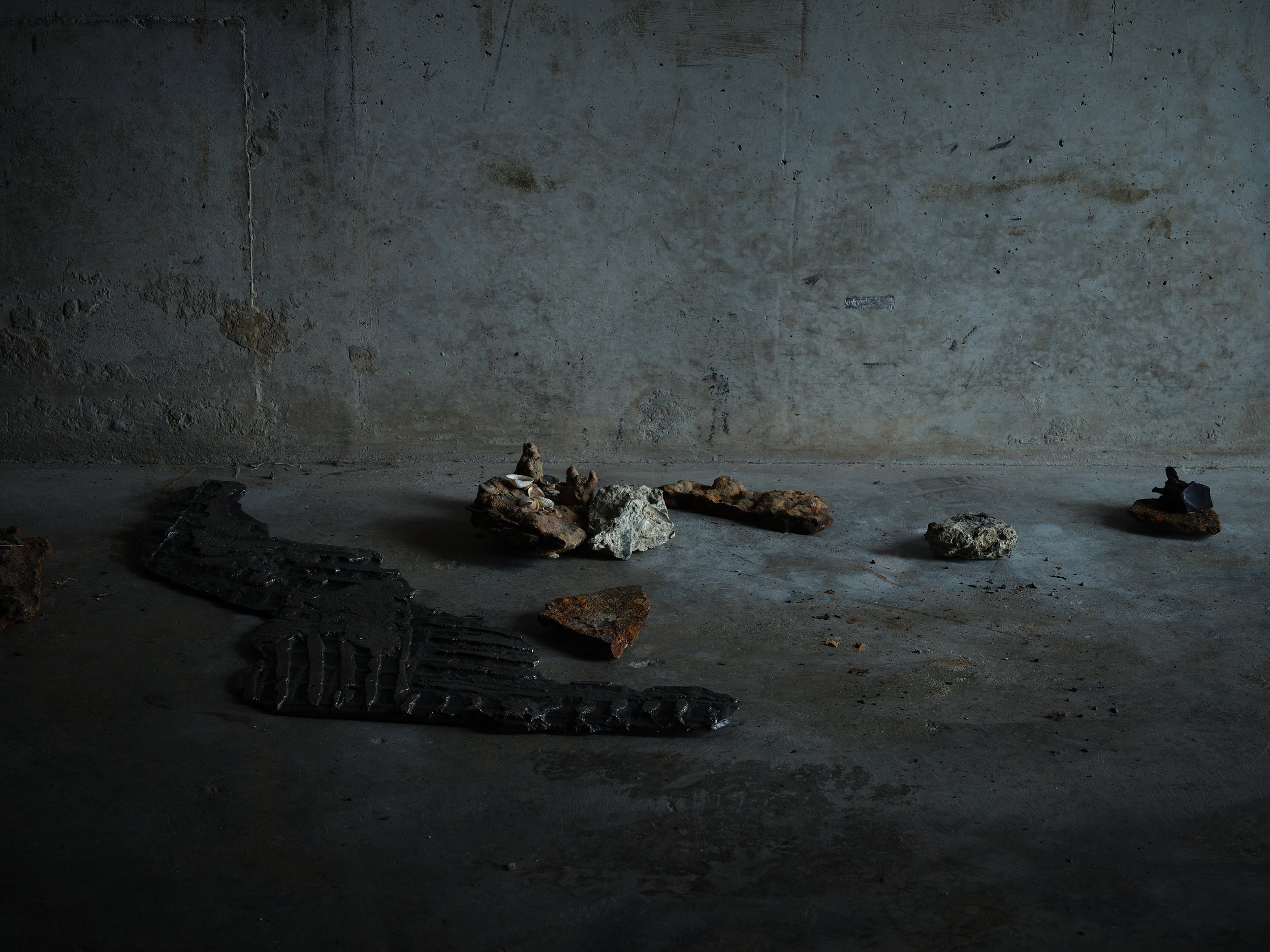

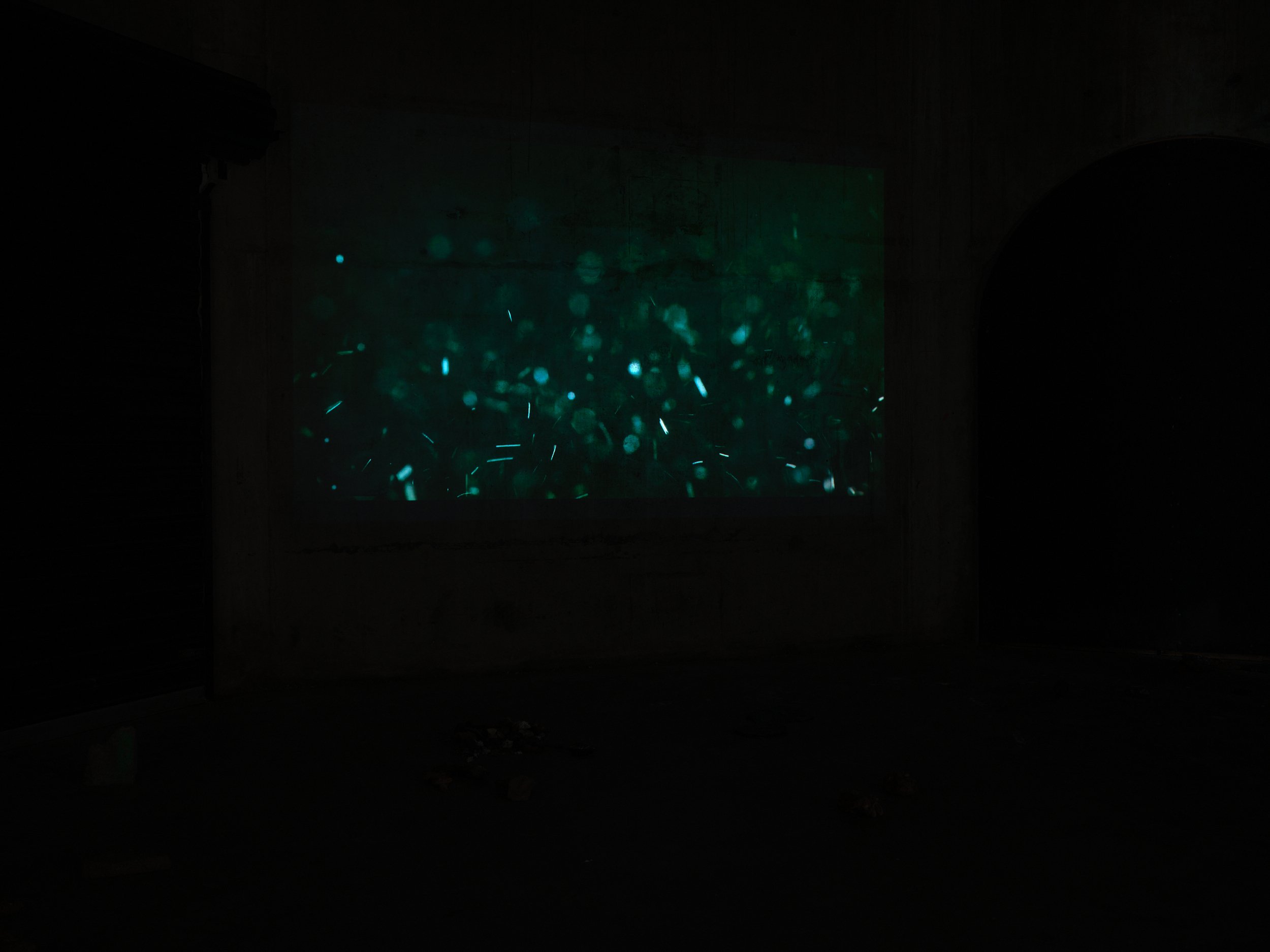
Matter matters. And I think it’s really clear in Eva’s work that the material manifestation of the form comes out of an intense investigation of the matter - Richard Serra, Interview for Eva Hesse.
In May 1970 Eva Hesse’s Contingent appeared on the cover of Artforum magazine. Sadly it had been the final large work created before her untimely death at the age of 34 that same month. Although the cover propelled her work into the realm of public conversation, the message Hesse delivered was more akin to private, personal experiences which exist outside speech. The suspended, membraneous qualities of Contingent carry bodily association without being of the body. In a primal departure from tradition, the skeins of latex and fibreglass harnessed the expressive power of raw material - matter brought down to the level of sub-text.
Hesse’s goal was to stay true to the inherent qualities of the materials, to avoid over-manipulating them thereby exposing these unnoticed qualities; making the unseen seen. The intensely physical, uncontrolled nature of her work launched a shift in creative processes which echoed across the art world, she had employed the power of untrammelled matter to experience the self. Hesse’s legacy prevails; despite four distinct approaches, Walton, Tozer, Fillary and Arnold are aware that we owe a debt of gratitude to our foremother Hesse, because for each disparate practice, at the heart of the matter, lies matter.
Each practice seems to me to trash traditional, decorous anthropocentric philosophies of material, each artist’s inquiries pointing to matter’s existence and ‘life’ beyond human utility and meaning. The halo effect of Hesse’s concepts have radiated beyond that of individual experience; for these artists matter points to the environmental burden of consumerism, to the overarching experience of humanity as a whole, or to that which lies beyond the limits of human perception. Like Hesse, Walton, Tozer, Fillary and Arnold employ varying degrees of interference to expose the dark vitality of their matter. This may sound anomalous given the orchestration required by each practitioner in the creation of an artwork - artists spend our time investing objects with meaning. But matter can have agency and reality beyond the sensibility of a human subject.
Melanie Arnold’s latest series, Diffractive Refinement, reflects on new materialist theory which employs “diffraction” as a critical and difference-attentive mode of thought. According to physics “diffraction” is a physical phenomenon that occurs when waves encounter an obstacle or opening. Waves bend around the corners of the obstacle, overlapping and extending into one another, just as waves move around the supports of a pier. The interference becomes effectively implicated in the outcome.
New materialist theory regards reading diffractively as a boundary-crossing approach, respectful of different disciplinary practices. Rather than employing a hierarchical methodology placing intellectual traditions, theories or text against one another, diffractively engaging instead requires reading these “through one another” (Barad 30) resulting in creative and unexpected outcomes where even the strongest, most stable and repetitive structures remain vulnerable to interference or further refinement.
Recurring Remainder, formally a fence marking the straight boundary between two properties has buckled under the weight of progress, redundant and no longer useful to the capitalist system. Arnold brings outcast objects back into circulation as she recognises potential and freedom in questioning and rethinking conventional notions of value.
Inga Fillary’s recent works represent attempts to operationalise the highly abstract theories found in modern philosophy. Low hierarchy substances, and materials disturbed from their former authority are the cornerstone of Fillary’s practice. When utility is removed, objects are freed to become something other; deeper realities that lie beneath the perceivable surfaces emerge and a material ‘life’ is uncovered. Fillary experiments with the onslaught of time on material, addressing the burden of humankind upon the earth and the possibility of aesthetic experience to provide an oblique approach to a veiled reality.
What’s the Matter and Your Package Has Been Delivered play with psychic discomfort and damaged and shattered imagery. Each invites the viewer to experience the sensation of instability and explore the materials of a flawed humanity. Each component of the installations offers its own journey, history and vital force. Wrecked, burnt and decaying manufactured materials carry qualities of obsolescence. They are freed from functionality and the empty promises of human technology and instead suggest the possibility of a dark vitality propelling us forward. Humanity is at the edge of a dark, speculative void. Knocked from our pedestal, we no longer represent the peak of evolution but its decline. Fillary’s installations laud a species heading for certain doom, the debased euphoria of obliteration. A fleeting gasp of planetary breath and lick to taste the char.
Natalie Tozer’s practice also circles the compounded autobiography of materials and questions the validity of reshaping the world in our own image. She presents 4 looped video works in two silos: Footpath Fossil (breathe) in which, by collecting, documenting and deciphering the findings of the complex underland beneath our feet, Tozer hopes to gather enough data to learn something. “I like to reach out in the dark, to gaze into a possible future and let the practice reveal the rest”.
every existent in the history of the world is in my room right now “I want to show through the subject matter and soundtrack that this work subscribes to a subset of ‘care’. Deep admiration for my house dust”. This perspective and approach is about revealing the alternative strategies against capitalist modes of production, where we focus on tending and caring for what we have, instead of perpetuating in an ever-expanding frenzy.
Cave Breather proposes a fictional temporality, modelling our attempts to understand our present by looking back from an imagined future. There may be clues of today found by future civilisations, discovered and dislodged from sedimentary layers, unearthed from the ground and pieced together. Disjointed, corroded by the destructive forces of time, these findings will become new objects that mark our decadent moment in time.
The self-destructing geometric paper structures of Soothsayer talk to the ephemeral nature of all human construction. The child places faith in a paper object and constructs a hopeful and naive vision of the future; as humanity has, for so long, assumed its continued good fortune and permanence on earth. Tozer aims to pitch alternative narratives through image worlds and to seek out some of the deepest possibilities and consequences of human construction and destruction.
Defunct-function is the linchpin for Robyn Walton who appropriates mundane material as part of an ongoing concern with the theme of utility – specifically in relation to reproductive labour and maintenance work. Subverting the function of everyday objects upends our understanding of what an ‘art’ object or a ‘utilitarian’ object could be. This instability is readily apparent when something is used in an unauthorised way – and becomes the prompt for a different kind of attention. As purpose is confounded associations are expanded beyond the zone of household activity. Material qualities come to the fore.
“Our understanding of use and labour becomes fraught once an object is made desirable. This underlines Robyn’s experimentation with found objects, which are often domestic tools, the most purposeful. Through minor and formalistic distortion, she emphasises our relationship to ‘function’ by rendering it obsolete.” (Moya Lawson, for Bells and Whistles, 2019.)
Through the reality and agency of matter and the strength of academic thought underpinning each practice, the four artists embrace the consequences of life and non-life, capitalist strategies, function and industry. Like Hesse, the practices are linked by an affinity for the tactile, the tangible, physical qualities of a material reality… The medium is the message.
Inga Fillary, 2022
Robyn Walton's sculptural practice appropriates encountered mundane material as part of an ongoing concern with themes of utility and labour, specifically in relation to reproductive and maintenance work. Re-presenting or subverting functional everyday objects can blur the boundaries between art object and utilitarian object, thereby focusing attention upon the undervalued tasks they represent. Recent exhibitions include The Medium is the Message at Gus Fisher Gallery, Bells and Whistles at Play_Station Space, I Lean You My Support at RM gallery, and Net Work: this is not a group show at West Space, Melbourne. Walton holds a Master of Fine Arts from Elam School of Fine Arts at the University of Auckland, and is based in Tāmaki Makaurau.
Melanie Arnold is an artist based in Tamaki Makaurau Auckland. Incorporating a range of found discarded objects and constructed elements, Arnold’s sculptural practice asks how material bodies both human and non-human are valued, positioned and constituted as part of the world. Her practice explores the expressive potential of objects and the stories they carry. She sees human agency as part of a broader network of material agency which is always co-produced. Arnold believes mattering is charged with social, cultural, political, and ethical responsibilities. Attending to matter is a way for her to question systems of hierarchy and preconceived ideals.Arnold holds a Master of Fine Arts (1st Class Hons) from Whitecliffe College, and was a finalist in the 2021 Gow Langsford Art Prize. Her recent exhibitions include Summer Sculpture Festival, 2022, 2021 at RIverhaven Artland in Clevedon, Auckland, where her large-scale sculpture Upgrade is also held on permanent display.
Inga Fillary's practice is intentionally protean; exploring materiality, instability and corporeality. She experiments with organic material and varied processes, pushing for alternative endpoints of her chosen materials. Her starting point is that matter has something at work within it, that “matter thinks”. She looks for materials hungry for something; discarded matter that still retains the vestiges of worth, beams that do not support, windows that no longer frame a view, steel, insistently metal and unpliable, which are bounded and constrained by frames and formal shapes in an enforced order that echoes the structures human animals try to foist on earth. As Eugene Thacker says - there are no limits, only the ones we impose ourselves. Fillary lives and works in Tāmaki Makaurau. She holds a Master of Fine Arts with First Class Honours from Elam School of Fine Arts.
Natalie Tozer is an artist and experimental filmmaker based in Tāmaki Makaurau exploring narratives of the underground to unearth objects and knowledge. Working with time-based processes and materiality across paper, sculpture and video she is interested in mythology, the code of Hammurabi, debt forgiveness, land ownership, land access, science fiction and anarchist anthropology. She is the founder and caretaker of the mothermother which supports curatorial activism for underrepresented artists since 2019.
